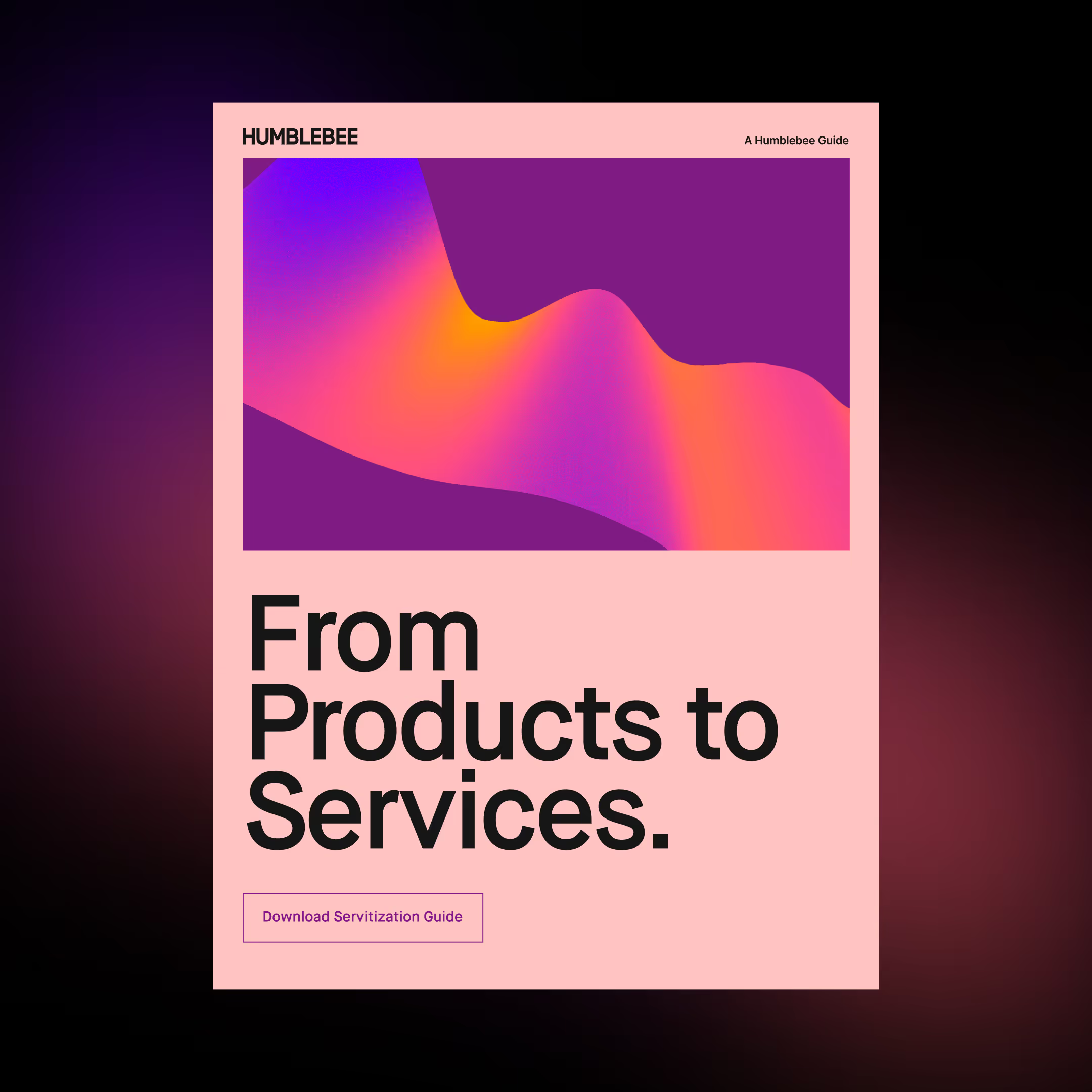How HIVE helped me grow as a UX-designer
A visit to Humblebee’s student lab HIVE

The last day of my time in the HIVE, we had a big presentation showing off our work and the result. We stood in front of the audience with a product we believed in, we knew our target groups, their pains and their needs, and we had a solution for them. Everything was clear.
When entering my internship, I had an open mind but also some expectations. Having the opportunity to get experience by joining a company, and finally getting in contact with “real-life” was something that I had really been looking forward to. Joining HIVE, I knew that we were a student-driven lab and that we had a specific challenge to work with but apart from that, we were given a blank slate.
The first thing I was struck by was how welcoming everyone at Humblebee were. We were situated right in the middle of the office, and everyone was interested in what we were doing and offering help and feedback whenever we wanted it. The team was composed of a cognitive scientist, a management and business master, a software engineering and management student, a graphic designer and me, a UX-designer.
We got a challenge in the field of PropertyTech, to improve the experience of commercial tenants in using commercial buildings. Even though we were the driving force behind the project, we had backup in the form of Humblebee and each one of us was given our own mentor. For me this was a great way of working, I had the opportunity to try methods and tools, design both the process and work with the challenge and then get feedback from my mentor in order to get further. We were trusted to work out the best way of getting the project to fly, and this offered the possibility to really try our wings.
It’s a great way of validating your skills, what you’ve learned and what you know becomes transparent and that’s a wonderful way of gaining insight and self-esteem.
When you run a project on your own, you have every opportunity to test all of the tools and methods that you’ve picked up during your university-years and see what happens when applying your skills into real-world settings. At university, you are used to discussing and talking with others from the same field and with, at least to an extent, similar views of what is important in a project and in order to solve a specific problem. Working with a cross-disciplinary team opened up my mind to which aspects are important for partners, business designers, graphic designers, developers and other stakeholders. This did not only give me a better understanding of the different stakeholders in a project, but also gave me experiences and insights that helped me grow as a UX-designer. Being questioned and having to articulate why you believe a certain method or function is the best for the specific case, forces you to really think about why and how something should (or could) be done. It’s a great way of validating your skills, what you’ve learned and what you know becomes transparent and that’s a wonderful way of gaining insight and self-esteem.
Of course, as in every part of life, there are challenges. Working closely with partners, getting to know a new field in the form of PropertyTech and iterating through ideas and opportunities together with a team consisting of people from different fields was a learning experience. An iterative design process is a great way of getting the right solution to the right people, but it can also be frustrating if you can’t see the end goal and the team feels like you’re just starting over and not going forward in your process. At the end of the day, these experiences gave me an opportunity to actually get a feeling of how real-life work can look like, and the toolset to handle some of the challenges this entails.
After going through the process and getting to know our users, we created a service that focuses on a core element, and big pain point, of the office life: booking meeting rooms. The service helps companies and landlords share and book meeting rooms, with the added opportunity for networking and growing your business. The product has received a lot of interest and we’re currently working on getting it to the next level and looking at developing it with partners. So, stay tuned for more exciting news..!
HIVE gave me a clearer picture of what I know, what I think is important and it also gave me opportunities to grow both as a UX-designer and a person.
And when you stand at the final presentation, showing the work you have done and getting good feedback and interest in your product — that’s a great feeling.
If you’re interested in being a part of the next HIVE-team, click here and send in your application!
More stories






